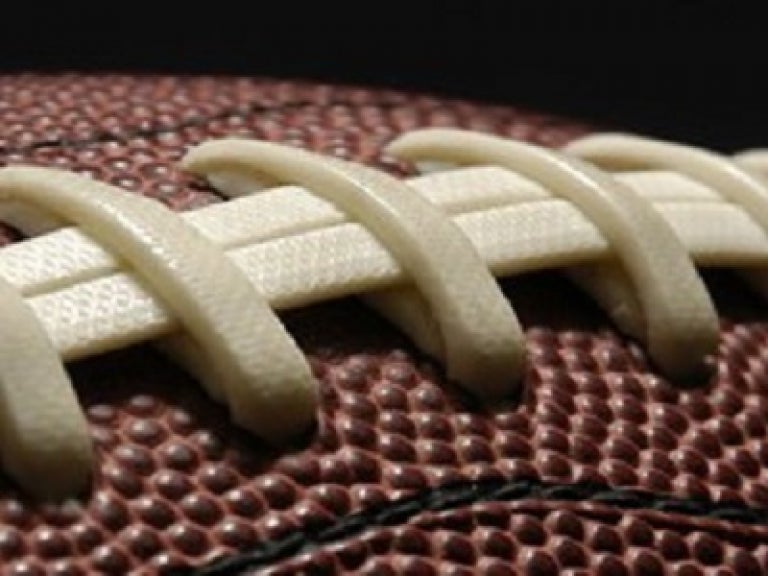
All eyes will be on SoFi Stadium this Sunday as the Los Angeles Rams square off against the Cincinnati Bengals in Super Bowl LVI. In addition to Rams and Bengals, there will also be a few Pitt Panthers on the field–namely LA defensive tackle Aaron Donald (’13) and Cincinnati wide receiver Tyler Boyd (’15). One spectator this Sunday will be watching the game through a different lens: The lens of Sports Science.
Sports Science Program Director Matt Darnell is excited to see how new technology influences performance in the big game.
“Any sports championship is an opportunity to watch and learn about pathways to success from some of the best,” says Darnell. “Since sports are an open system, many different factors contribute to the outcome of a game or event. I enjoy seeing how each team got to this point, watching them compete and seeing which team will come out victorious.”
The field of sports science uses data and technology to improve athletes’ performance, and it will be on full display during the Super Bowl.
“One of the biggest technologies that has swept across the NFL and the collegiate sporting worlds is a wearable GPS tracking system by Catapult Sports. The system allows coaches and sports scientists to objectively track and monitor athletes’ movements (speed, distance, acceleration), intensities and total load or demand of training,” explains Darnell, who is himself an inventor and innovator.
Currently, all 32 NFL teams use these devices, and Pitt Sports Science has also implemented them for football, basketball, soccer and lacrosse to better monitor and plan training.
This kind of technology can help coaches, athletic trainers and sports medicine professionals find new ways to minimize player injuries and optimize their human performance. But sports science isn’t limited to the pros.
“Many teams, the NFL and television networks also use sports science for advanced analytics, augmented reality and VR to improve fan experience and engagement,” says Darnell. “Chances are at some point during the game you will see a stat, probability or breakdown of a play that is coming from real-time video analysis and AI technologies.”
At Pitt, students in the one-year MS in Sports Science grad program have unparalleled access to work with this technology at the highest levels, from research and innovation in the state-of-the-science facilities at the Neuromuscular Research Laboratory (NMRL) to hands-on sports science internships in the fields, pools, rinks, courses and diamonds of professional and collegiate sports teams everywhere.
